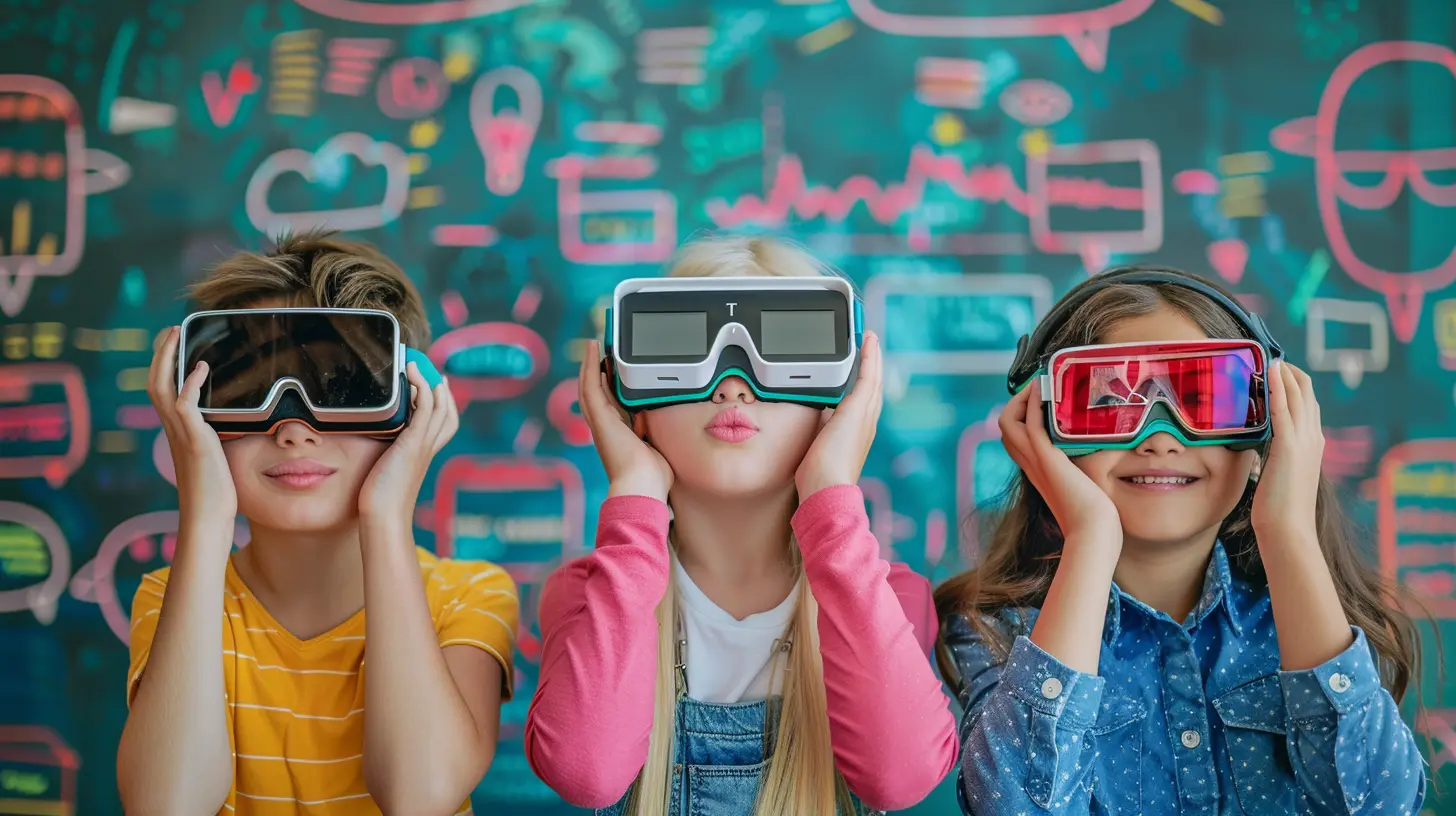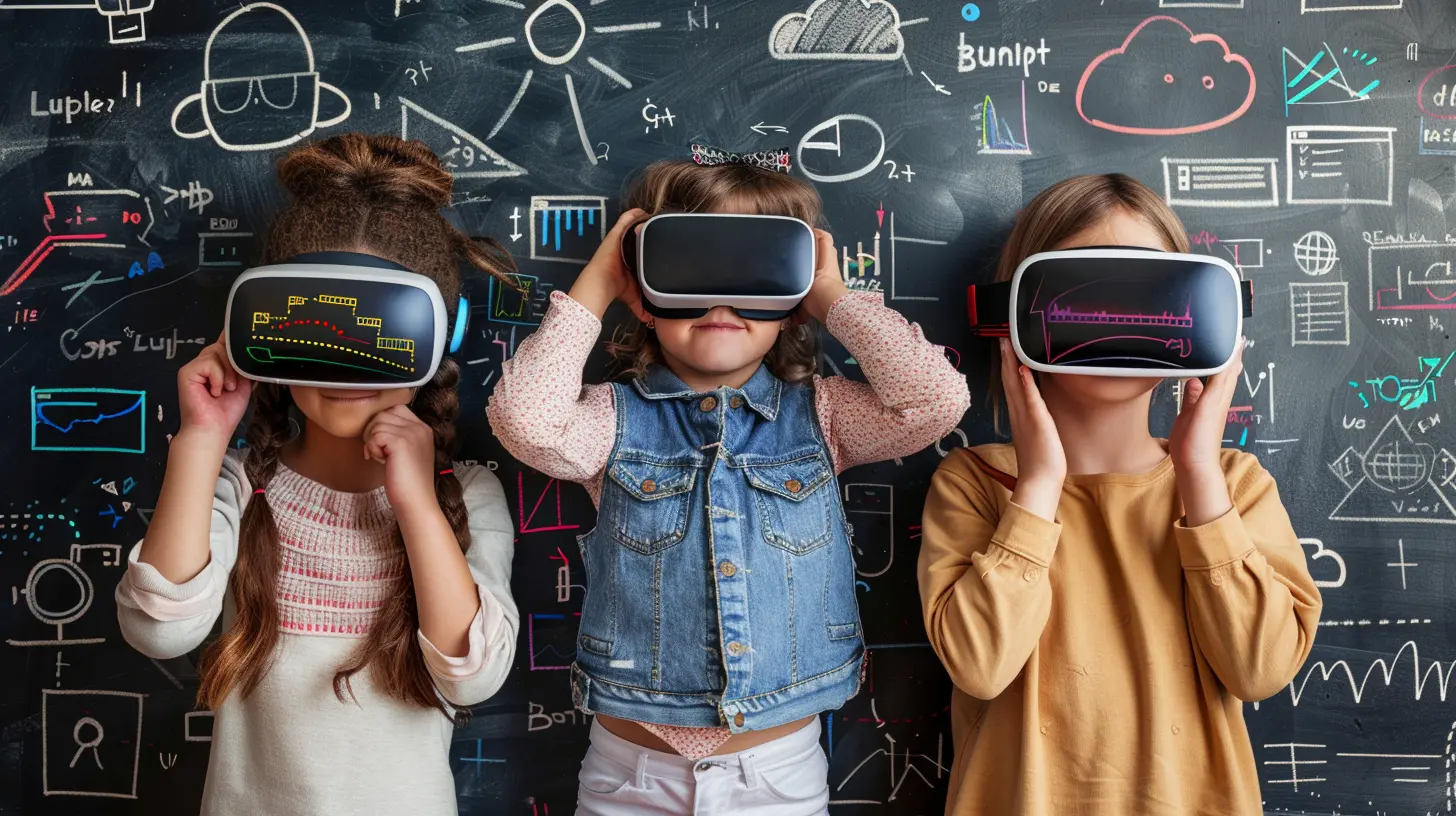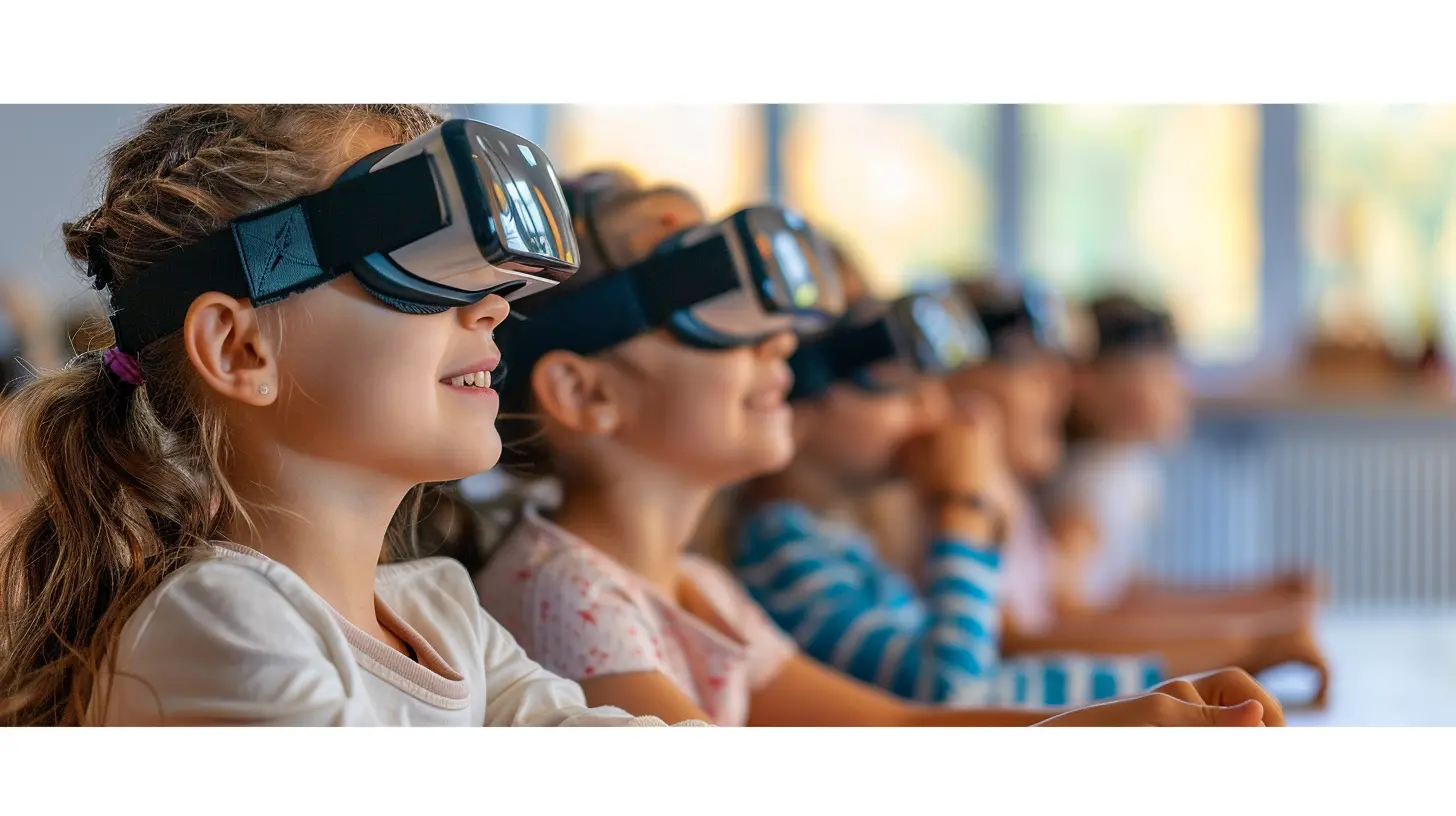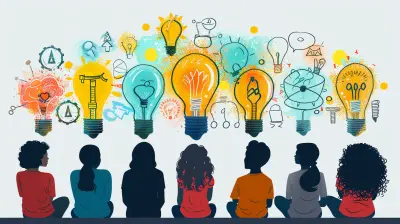The Role of Wearable Technology in Education
15 July 2025
Technology is changing the way we live, and education is no exception. From smartboards to digital textbooks, learning tools have come a long way. But have you ever thought about how wearable tech – like smartwatches, fitness trackers, and VR headsets – fits into the classroom? It's not just about being trendy. Wearable technology in education is already transforming how students learn, how teachers teach, and how schools operate.
Let’s take a deep dive into this futuristic yet very real world and unpack the powerful role wearable devices are playing in education today.
What Exactly Is Wearable Technology?
Before we jump in, let's clarify what we mean by "wearable technology." Simply put, wearables are gadgets you wear on your body, often equipped with sensors, internet connectivity, and real-time data capabilities. Think:- Smartwatches (like Apple Watch or Fitbit)
- Smart glasses (like Google Glass)
- VR (Virtual Reality) and AR (Augmented Reality) headsets
- Wearable ECG monitors or biosensors
- Smart clothing with embedded tech
These devices are no longer just fitness or lifestyle accessories—they’re stepping into the learning space in surprising and exciting ways.
Why Wearables in Education? (Spoiler: They’re More Than Just Cool)
Have you ever worn a Fitbit and realized how motivating it is to hit your step goal? That same principle applies to education. Wearables can make students feel more connected, engaged, and, let’s be honest—just a bit cooler.But beyond the novelty, here are some solid reasons why wearable tech is gaining ground in education:
- Engagement Amplifier: Wearables make learning interactive.
- Data Insights: Teachers get real-time analytics on student interaction, participation, even stress levels.
- Accessibility Booster: Students with disabilities benefit from tools that support communication, mobility, and sensory processing.
How Are Wearables Changing the Learning Game?
Let’s break this down into real-world use cases. How are these futuristic gadgets being used in classrooms today?1. Enhancing Student Engagement
One of the biggest challenges in education? Keeping students focused. Wearables like VR headsets transport learners to different worlds—imagine walking through Roman ruins in a history lesson or diving into the Great Barrier Reef during science class. This isn’t just learning; it’s experiencing.AR glasses can overlay useful information on textbooks and make abstract concepts instantly visual. The result? Lessons that are not just seen or read, but lived.
2. Making Learning Personalized
Every student learns differently. Some are visual learners, others are auditory. Some need repetition, while others pick things up instantly. Wearables collect data on how a student interacts with learning materials—how long they stay on a task, their heart rate (hello, stress alert!), and more.With this data, educators can tailor lessons to suit individual needs. Talk about next-level personal attention.
3. Promoting Health and Well-being
Let’s not forget the human side of education. Mental and physical health affects how well students learn. Smartwatches and fitness trackers can monitor activity levels, sleep patterns, and even emotional states through biometrics.Imagine a school counselor getting notified when a student is consistently showing signs of stress or lack of sleep. Early intervention becomes possible before things get out of hand.
4. Supporting Special Education Needs
For students with autism, visual impairments, or other learning challenges, wearable technology can be a game-changer.For example:
- AR glasses that help students on the autism spectrum read facial cues
- Vibrating wristbands to remind students to stay focused
- Speech-to-text tools embedded in smart devices to assist with communication challenges
These aren’t just gadgets—they’re lifelines that help every learner have a fair shot.
5. Enhancing Teacher Capabilities
It’s not just students who benefit. Teachers, too, are finding wearables a helpful assistant in their ever-demanding roles.Smartwatches, for instance, allow teachers to receive reminders, monitor class progress, or get alerts without having to check a phone or desktop. Imagine walking around the classroom, hands-free, while keeping an eye on each student’s interaction via data streamed from their devices.
VR training wearables are also helping aspiring teachers with simulations of real classrooms. Before facing a real-life class, they can practice teaching scenarios and get feedback in real-time. Now that's what you call trial without error.
Potential Concerns and What We Can Do About Them
Let’s be real for a second—every piece of shiny new tech comes with its downsides. Wearable technology isn’t all rainbows and unicorns, and it’s important to have an honest conversation about the potential pitfalls.Privacy and Data Security
When you're collecting data on students’ movements, heart rates, and engagement levels, you’re also dealing with sensitive personal information. How is that data stored, who has access, and what’s it used for?✔️ Solution: Schools must implement airtight data protection policies and educate staff, students, and parents about privacy.
Cost and Accessibility
Not every school can afford a fleet of VR headsets or AR glasses. And let’s face it—not every student wants to stand out by wearing a gadget when others can’t.✔️ Solution: Edtech companies and governments can work together to subsidize or create lower-cost alternatives. Inclusivity needs to be built from the ground up.
Distraction Risk
Let’s not forget—this is tech we’re putting in the hands (or on the heads) of adolescents. There’s always the risk of distraction. A fun gadget can quickly become a toy, pulling focus away from actual learning.✔️ Solution: Clear guidelines, supervised usage, and teacher training can keep tech in check.
Real-Life Examples of Wearable Tech in Action
Curious how all this works in real life? Here are some inspiring stories:- ClassVR: A UK-based platform that brings VR into classrooms. Schools use it to make history, geography, and science lessons immersive.
- BrainCo’s FocusED Headband: This wearable measures students’ attention levels in real-time, helping teachers adjust lesson pacing and structure.
- Google Glass in Special Education: Some U.S. schools have used AR glasses to help autistic students improve social interaction skills through facial recognition and emotion tracking.
These are just a few drops in the ocean of what's coming. The future is literally wearable.
What Could the Future Look Like?
Could we be just a few years away from AI-powered smart glasses that translate languages in real-time during global virtual classrooms? Or maybe smart uniforms that track student movement during physical education to grade performance? The possibilities are endless, and honestly, a little mind-blowing.Imagine this: A biology student walks into class, puts on a wearable headset, and is immediately transported into a human cell where they can walk around, touch, and interact with DNA structures. Sounds sci-fi? Not for long.
Final Thoughts: A Balanced Approach Wins
So, is wearable tech the cure-all for every educational challenge? Not quite. But it’s a powerful companion if used thoughtfully. The real magic happens when technology complements—not replaces—human connection.Teachers still matter more than tablets. Empathy can’t be downloaded. And curiosity, well, that’s as old-school as it gets.
But when wearables are used wisely, they become more than gadgets—they become bridges. Bridges to deeper learning, better connection, and a fairer educational experience for all.
So next time you see a kid adjusting their smartwatch in class, don’t roll your eyes. They just might be learning more than you think.
all images in this post were generated using AI tools
Category:
Innovation In EducationAuthor:

Olivia Lewis
Discussion
rate this article
1 comments
Evren Ford
This article effectively highlights the transformative potential of wearable technology in education. By integrating these tools, educators can enhance student engagement and personalization, paving the way for innovative learning experiences in diverse classroom environments.
August 2, 2025 at 3:21 AM

Olivia Lewis
Thank you for your insights! I'm glad you found the article highlights the transformative impact of wearable technology in enhancing engagement and personalization in education.


